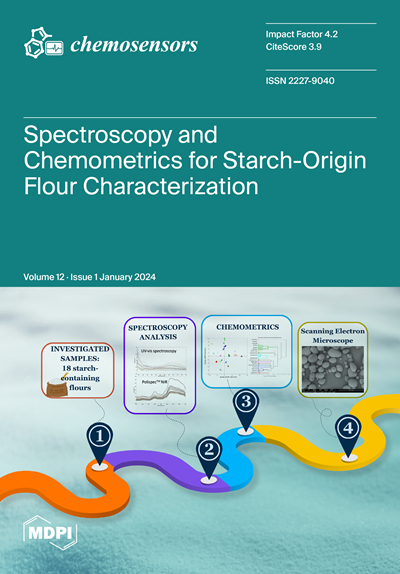Research Progress on Bionic Recognition and Biosensors for the Detection of Biomarkers of Diabetic Nephropathy
IF 3.7
3区 工程技术
Q2 CHEMISTRY, ANALYTICAL
引用次数: 0
Abstract
Diabetic nephropathy (DN) refers to kidney damage caused by diabetes and is one of the major microvascular complications of diabetes. This disease has a certain degree of concealment in the early stage, with clinical symptoms appearing later and a higher mortality rate. Therefore, the detection of early biomarkers for DN is of great importance in reducing kidney function damage. The common biomarkers for DN mainly include glomerular and tubular lesion markers. At present, clinical diagnosis often uses a combination of multiple indicators and symptoms, and the development of a simple, efficient, and sensitive multi-marker detection platform is particularly important for the early diagnosis of DN. In recent years, with the vigorous development of various biomimetic molecular recognition technologies, biomimetic recognition biosensors (BRBS) have many advantages, such as easy preparation, low cost, high stability, and repeatability under harsh environmental conditions, and have great application potential in the analysis of DN biomarkers. This article reviews the research progress of molecularly imprinted polymers (MIPs) construction technology and aptamers assembly technology developed in the field of biomimetic sensor research in recent years, as well as the detection of DN biomarkers based on BRBS, and prospects for their development.糖尿病肾病生物标志物的仿生识别与生物传感器检测研究进展
糖尿病肾病(Diabetic nephropathy, DN)是指糖尿病引起的肾脏损害,是糖尿病的主要微血管并发症之一。本病早期有一定隐蔽性,临床症状出现较晚,死亡率较高。因此,检测DN的早期生物标志物对减轻肾功能损害具有重要意义。DN常见的生物标志物主要包括肾小球和肾小管病变标志物。目前临床诊断多采用多种指标和症状的结合,开发一种简单、高效、灵敏的多标志物检测平台对于DN的早期诊断尤为重要。近年来,随着各种仿生分子识别技术的蓬勃发展,仿生识别生物传感器(biomimetic recognition biosensors, BRBS)具有制备简单、成本低、稳定性高、恶劣环境条件下可重复性好等优点,在DN生物标志物分析方面具有很大的应用潜力。本文综述了近年来在仿生传感器研究领域发展起来的分子印迹聚合物(MIPs)构建技术和适配体组装技术的研究进展,以及基于BRBS的DN生物标志物检测,并对其发展前景进行了展望。
本文章由计算机程序翻译,如有差异,请以英文原文为准。
求助全文
约1分钟内获得全文
求助全文
来源期刊

Chemosensors
Chemistry-Analytical Chemistry
CiteScore
5.00
自引率
9.50%
发文量
450
审稿时长
11 weeks
期刊介绍:
Chemosensors (ISSN 2227-9040; CODEN: CHEMO9) is an international, scientific, open access journal on the science and technology of chemical sensors published quarterly online by MDPI.The journal is indexed in Scopus, SCIE (Web of Science), CAPlus / SciFinder, Inspec, Engineering Village and other databases.
 求助内容:
求助内容: 应助结果提醒方式:
应助结果提醒方式:


